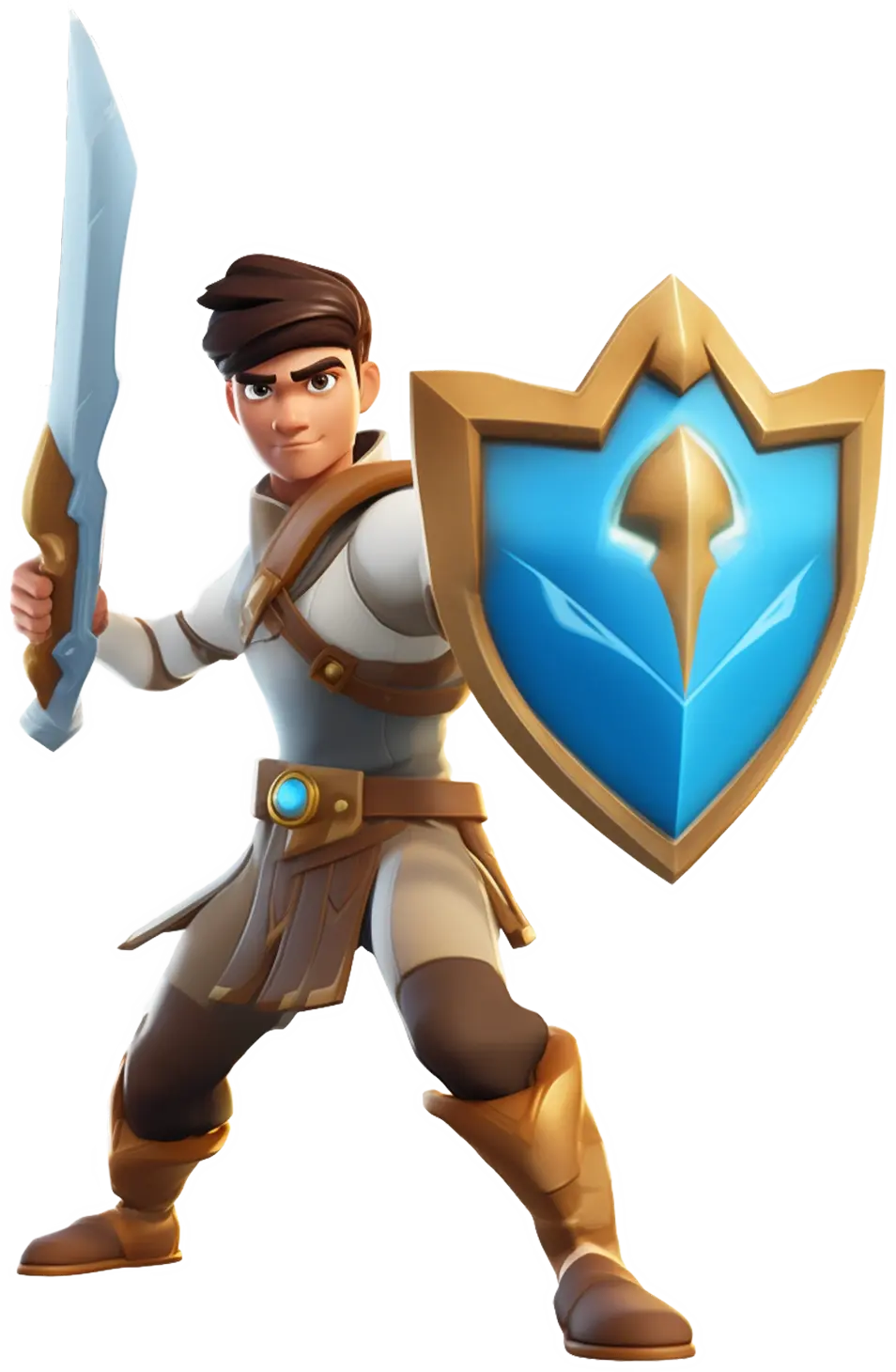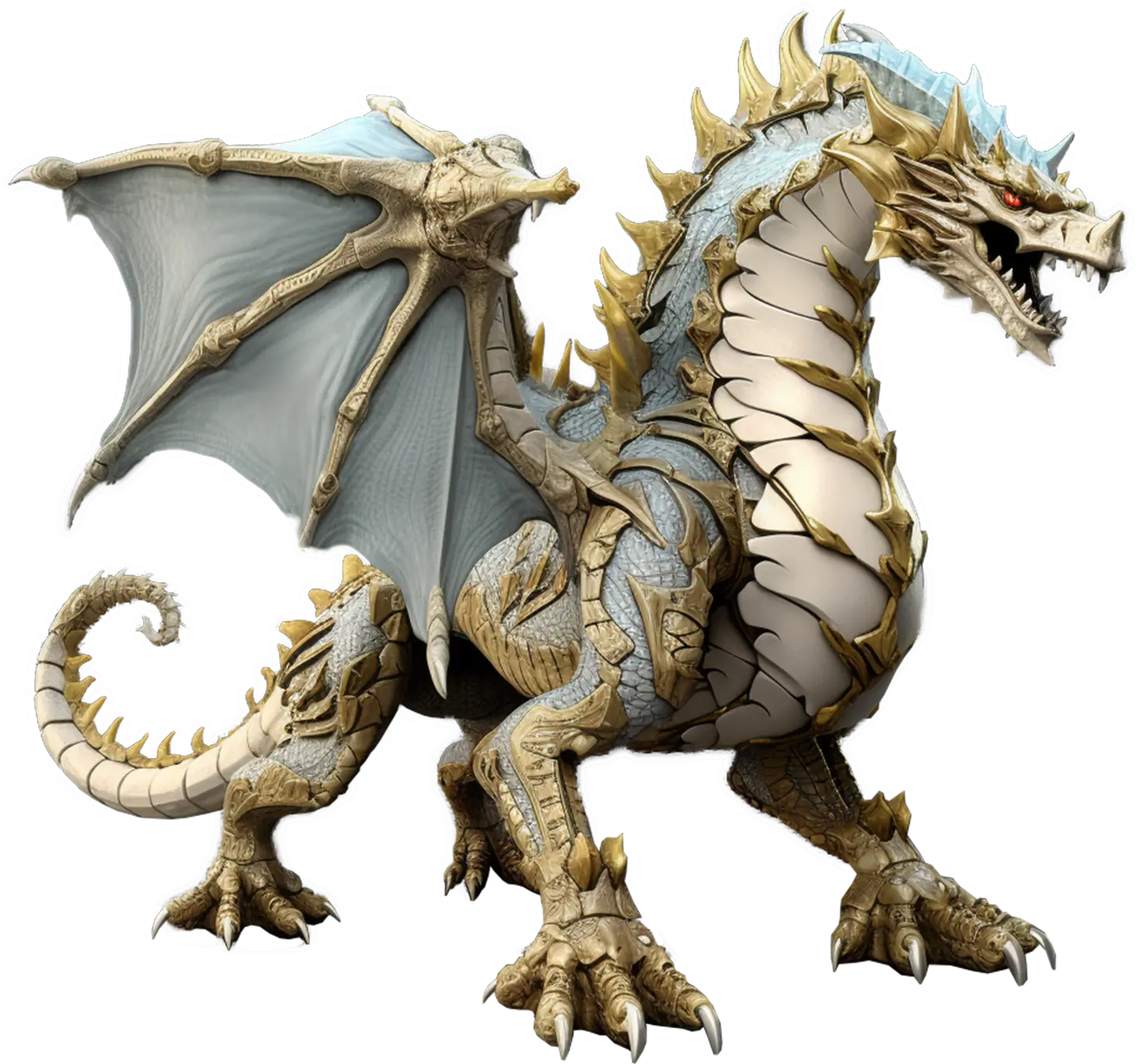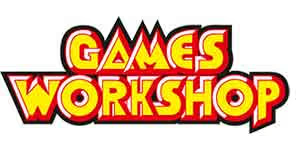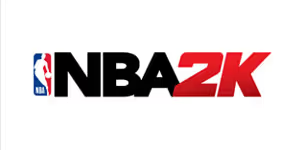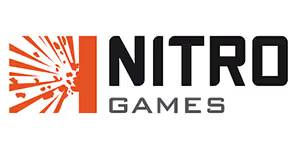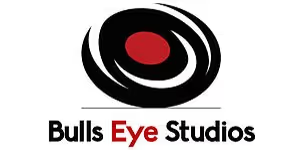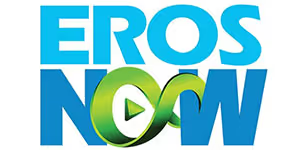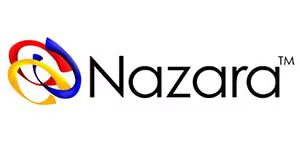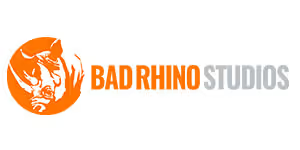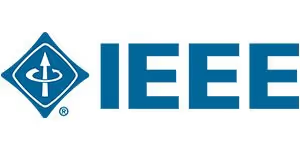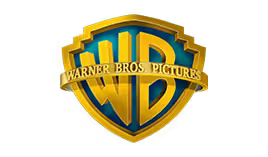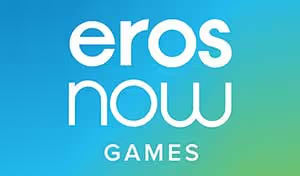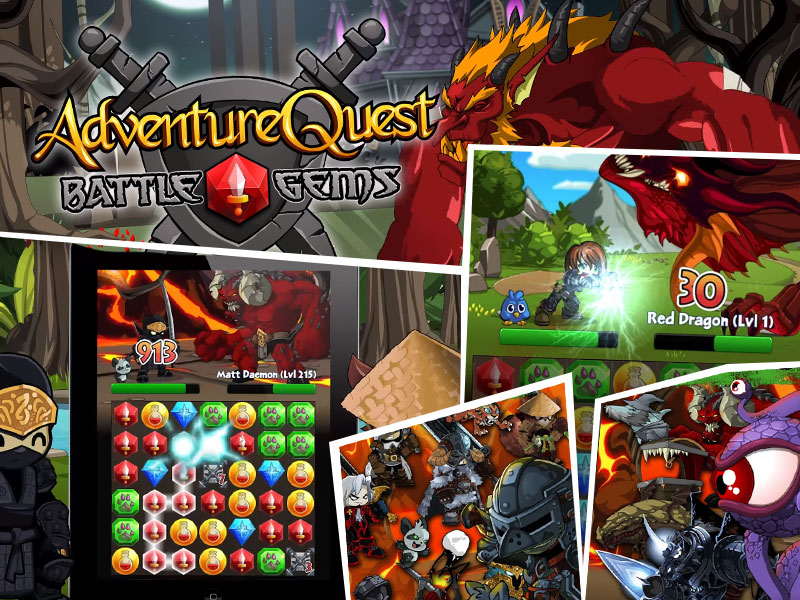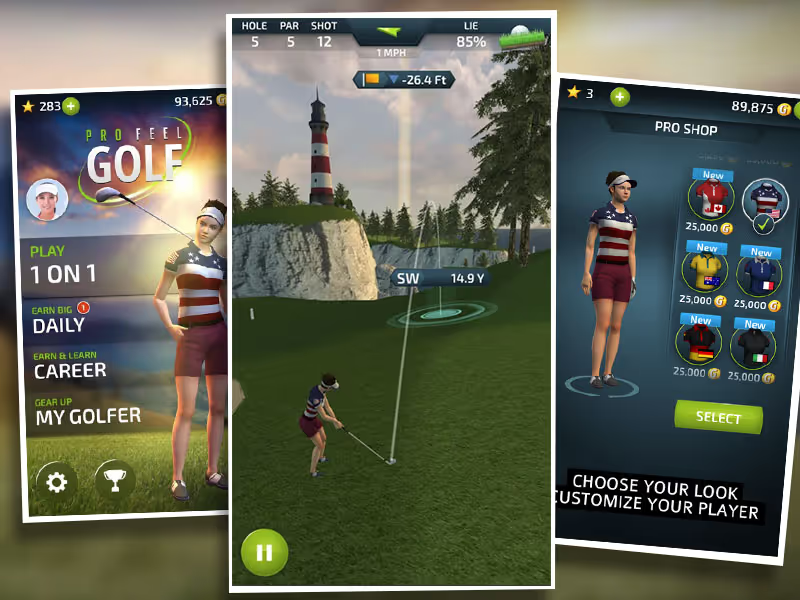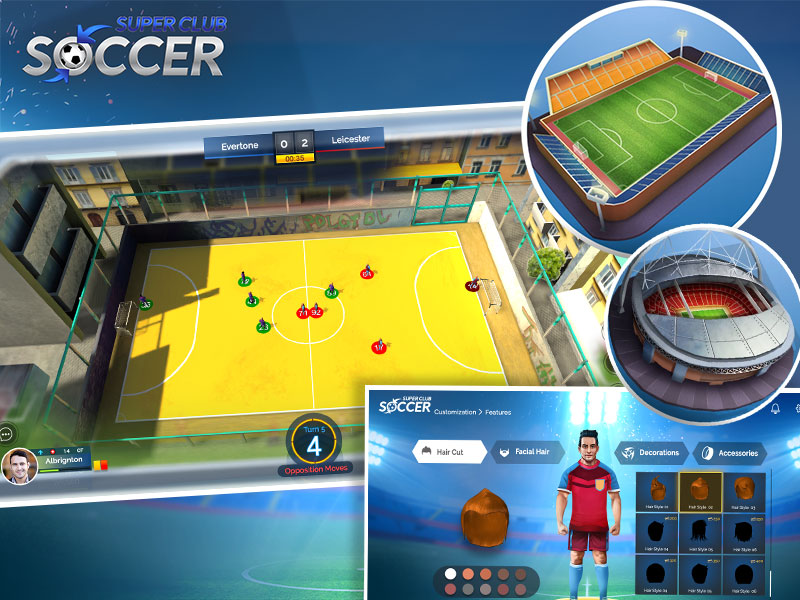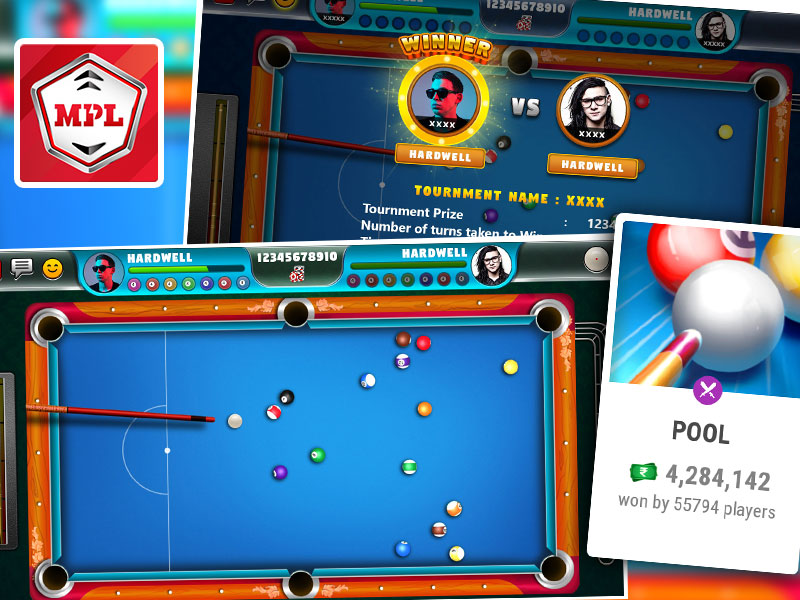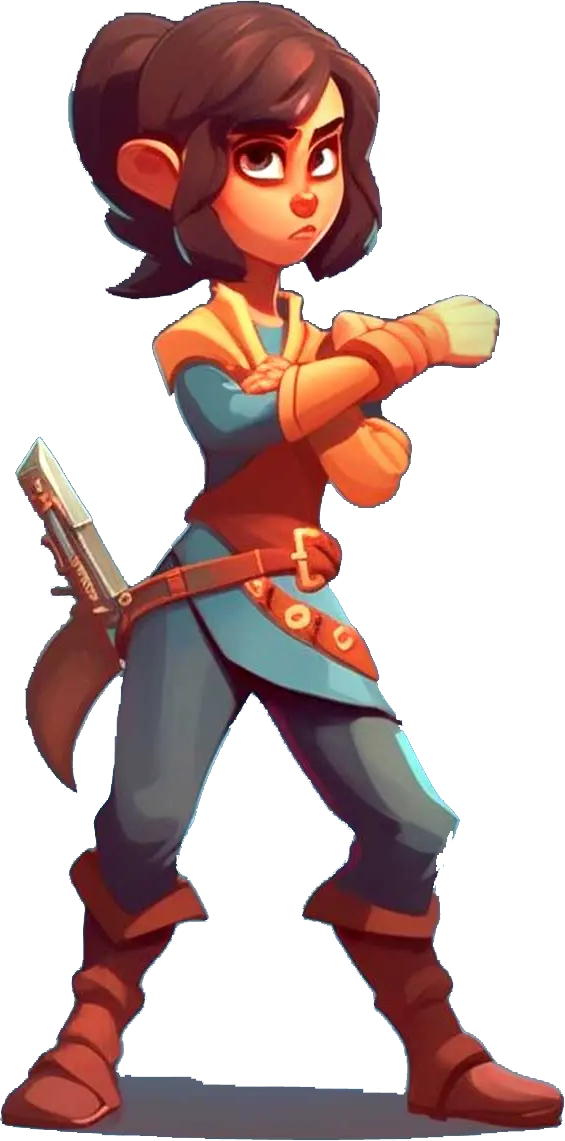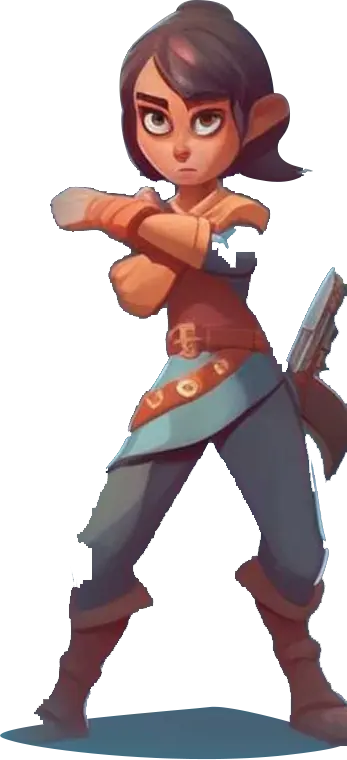Game development is the process of designing, developing, and releasing a video game.
The process is most often taken care of by a team with multiple departments. On rare occasions, it is taken care of by a solo developer.
Once the development is complete, the game is released to the public. Sometimes the release is done purely in digital format and other times in tandem with a physical release.
Game development is a multi-disciplinary domain. It often involves the following roles segregated among a team of individuals or a single individual developer handling all the roles.
1. Producer
The producer is responsible for the management of the overall production. They draw up the development schedule, allocate required resources, and in some instances, manage the budget.
2. Game Programmers
Game Programmers are software engineers with game programming specialization. The programmer's role in game development involves (but is not limited to): writing the game's code, managing the code base, and fixing the bugs and errors that pop up during development.
In addition, game programmers also have expertize in using game engines such as Unity and Unreal and specific programming languages like C++ and C#.
The role of a game programmer requires logical and mathematical skills to tackle complex development challenges and solve problems.
3. Game Designers
Game Designers lay the groundwork for the game. They are mainly known as the architects of the game's core mechanics, the plot, characters, dialogues, etc. Besides these, the designers also do game balancing, create the game world, levels, and in-game economy, and develop a progression system.
Everything the designers create is documented in theGDD (Game Design Document.) This document acts as a blueprint for the entire development team to follow.
4. Artists
Game artists are visual artists with specialization and a focus on game art. The artists create the overall visual style of the game and the various assets involved, such as characters, props, and environments.
Many sub-specialists handle the game art domain:
Concept artists create the initial sketches of the game art. The purpose of concept art is to provide a road map for the rest of the art development team to follow.
Contrary to most people's perception, concept artists do not focus on creating esthetic art. Instead, concept art is the use of drawing to develop ideas and solve artistic problems before the final assets are even worked on. It communicates the creative vision of the game to everyone involved.
UI/UX designers are artists who create the user interface and focus on the complete user experience of the game. The designers create functional designs based on design principles and platform conventions. They also take factors such as intuitiveness, information hierarchy, overall theme, etc., into consideration.
2D artists create the 2D sprites of characters, environment, and props in the game. These artists work closely with other art team members. They also pay extra attention to art styles and are experts in techniques such as pixel, monochromatic, cutout, and vector art, among others.
3D artists involve modelers, texturing artists, and lighting artists. The modelers create the 3D models from the initial meshes for all the 3D assets. The texture artists map different textures, such as skins and fur, to add detail to 3D models. The lighting artists devise the lighting dynamic based on the mood and other scene requirements.
Animators add motion to the assets, particularly the characters. Animators make models to portray complex emotions and evoke a sense of realism and thus immersion into the game. Animators come from both 2D and 3D domains.
5. Testers
Games Testers or quality analysts verify and validate the games. They check the game for bugs, errors, and performance issues and report it to the development team for rectification. The team also validates if the entire game is as per the original vision as conceived in the GDD.




